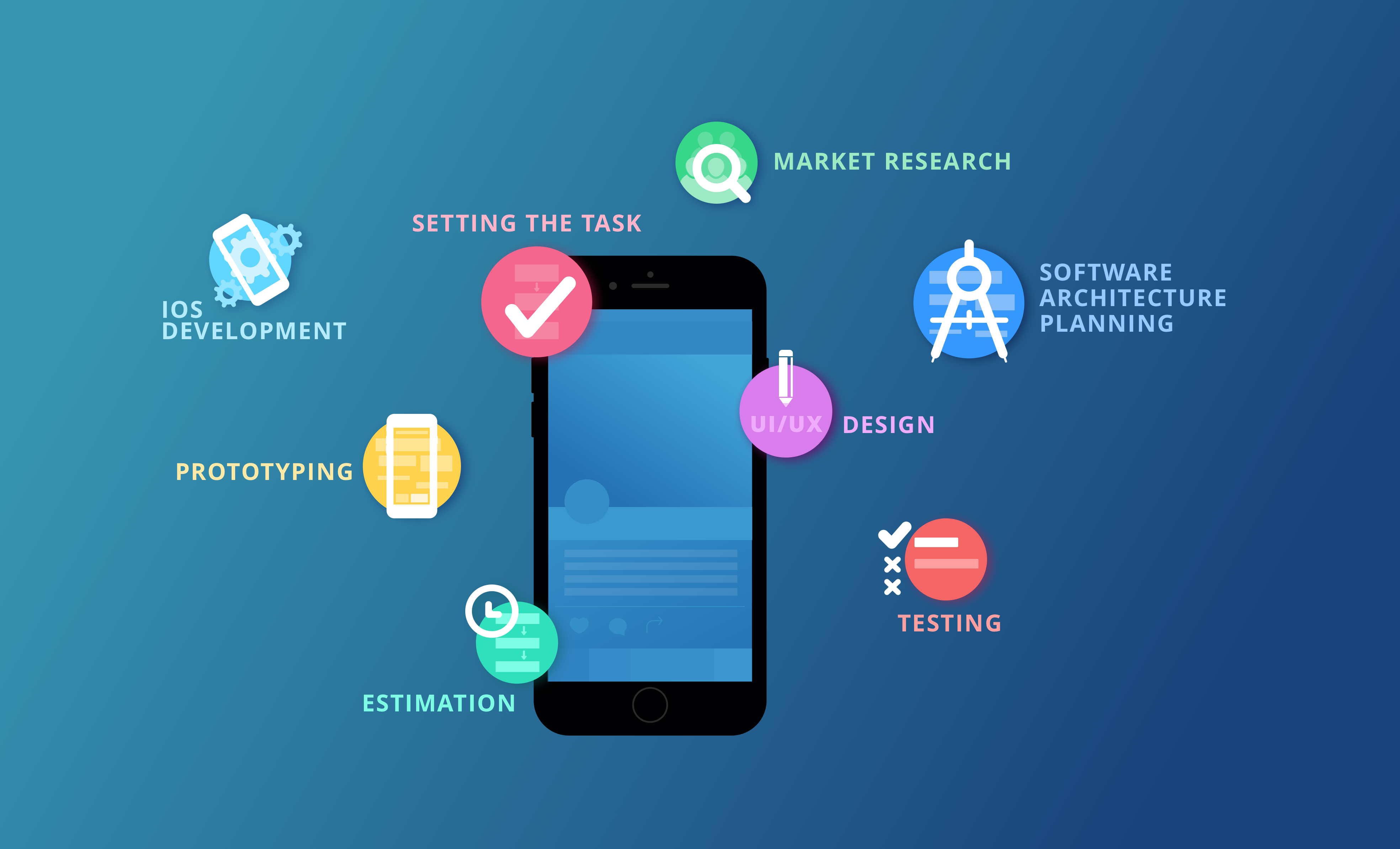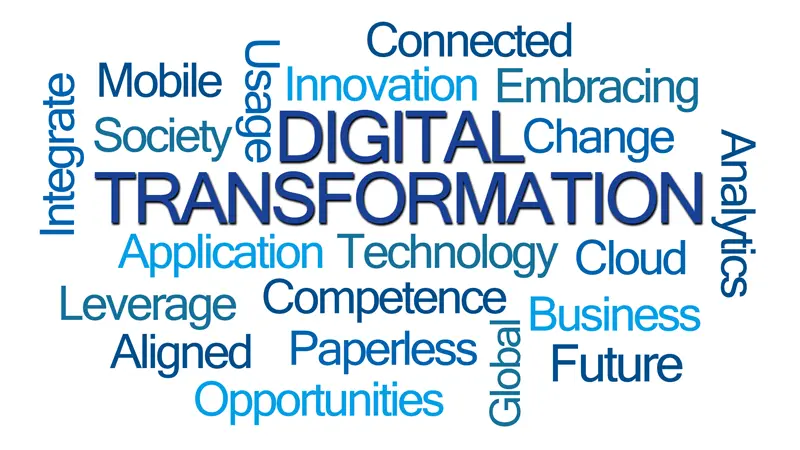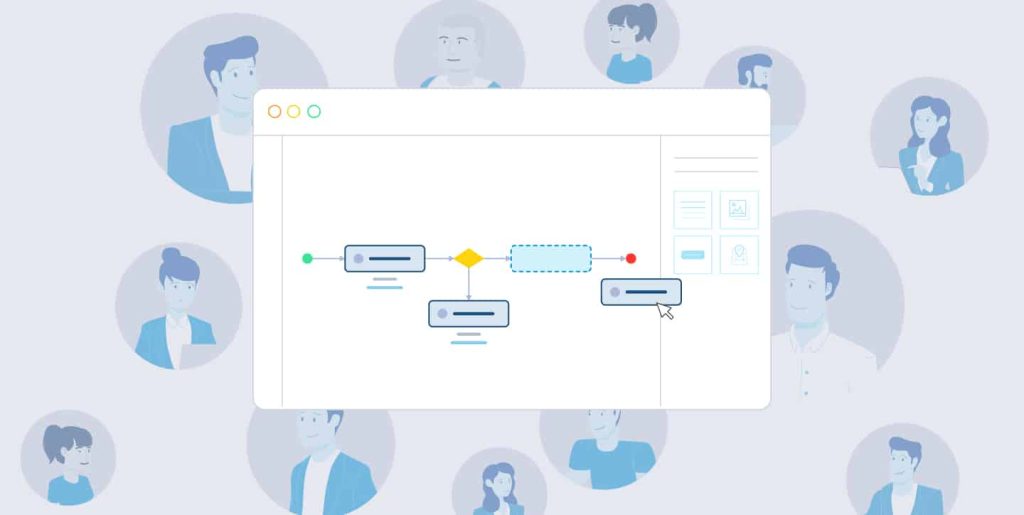
Legacy systems, often characterized by outdated technology and complex architectures, can be a significant obstacle to an organization’s growth and adaptability in today’s rapidly evolving technological landscape. However, modernizing these systems can bring about a multitude of benefits that extend far beyond just keeping up with the times. In this essay, we will explore three immediate benefits of modernizing legacy systems: improved efficiency and productivity, enhanced security, and increased agility and innovation.
- Improved Efficiency and Productivity
One of the most immediate and tangible benefits of modernizing legacy systems is the boost in efficiency and productivity. Legacy systems are often cumbersome, slow, and limited in terms of processing power and capabilities. As a result, they can hinder an organization’s ability to handle increasing workloads and meet the demands of a modern business environment.
Modernizing legacy systems typically involves upgrading hardware and software components, streamlining processes, and implementing more efficient workflows. This results in faster response times, reduced downtime, and improved system reliability. Employees can work more efficiently, as they are no longer bogged down by slow and outdated interfaces, and can access real-time data and information that is crucial for decision-making.
Furthermore, modernized systems often integrate seamlessly with other modern technologies, enabling organizations to automate tasks, gather more accurate data, and analyze information in real-time. This increased automation and data-driven decision-making can lead to significant improvements in operational efficiency, ultimately translating into cost savings and higher profitability.
- Enhanced Security
Legacy systems are notorious for their vulnerability to security threats. As technology advances, cybercriminals become more sophisticated in their methods, and legacy systems can struggle to keep up with the latest security patches and updates. This makes them prime targets for data breaches, malware attacks, and other cyber threats.
Modernizing legacy systems allows organizations to address these vulnerabilities head-on. Up-to-date hardware and software components are designed with security in mind, featuring built-in security measures and regularly updated patches to protect against emerging threats. Additionally, modernization often involves the implementation of advanced authentication and access control mechanisms, as well as data encryption protocols, all of which contribute to a more robust security posture.
By modernizing legacy systems, organizations can significantly reduce their exposure to security risks, protect sensitive data, and maintain the trust of their customers and stakeholders. In an era where data breaches and cyberattacks are on the rise, enhanced security is a compelling reason to prioritize system modernization.
- Increased Agility and Innovation
Legacy systems can act as a bottleneck to innovation and agility. Their rigid architectures and limited adaptability can hinder an organization’s ability to respond to changing market dynamics and customer demands. In contrast, modernized systems offer the flexibility and scalability needed to drive innovation and stay competitive in a rapidly evolving business landscape.
Modernization often involves the adoption of cloud computing, containerization, and microservices, allowing organizations to scale their infrastructure up or down based on demand. This scalability enables them to experiment with new technologies, develop and deploy applications more rapidly, and pivot their strategies in response to market shifts.
Furthermore, modernized systems are better equipped to harness the power of emerging technologies such as artificial intelligence, machine learning, and big data analytics. These technologies can provide valuable insights, automate processes, and drive customer engagement and personalization—all of which are crucial for staying ahead in today’s competitive markets.
Modernizing legacy systems is not just about keeping up with the latest trends in technology; it’s about reaping immediate benefits that can positively impact an organization’s efficiency, security, and innovation. By improving productivity, enhancing security, and increasing agility, modernization sets the stage for long-term success and growth. While the process may involve initial costs and challenges, the rewards in terms of improved operational performance and competitiveness make it a worthwhile investment for any forward-thinking organization.









